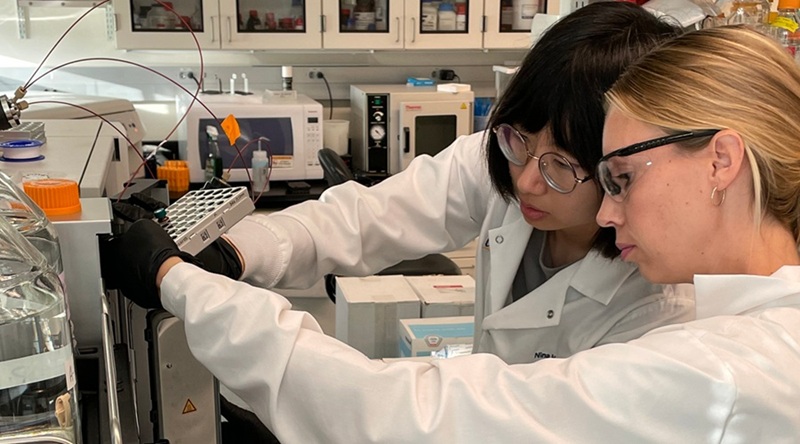Urine Test Rapidly Predicts Smokers' Lung Cancer Risk
By LabMedica International staff writers
Posted on 27 Apr 2009
Scientists have found that smokers with the highest urine levels of two tobacco metabolites have a higher risk of developing lung cancer. This might explain why some smokers get lung cancer while others do not.Posted on 27 Apr 2009
Smokers with the highest urine levels of the tobacco metabolite called 4-(Methylnitrosamino)-1-(3-pyridyl)-1-butanol (NNAL) had a two-fold increased risk of developing lung cancer than those with the lowest levels. When a second metabolite called cotinine was included in the analysis, the investigators found that those smokers with the highest levels of both NNAL and cotinine in their urine were 8.5 times more likely to develop the disease.
The study was conducted by Dr. Jian-Min Yuan, associate professor of public health at the University of Minnesota (Minneapolis, MN, USA) and colleagues. Professor Yuan said although we know that smoking leads to lung cancer, there are over 60 potential cancer causing chemicals in tobacco smoke, and "the more accurately we can identify the culprit, the better we will become at predicting risk." He added, "If we can identify a smoker with a high level of metabolites, and down the road they have a higher risk of lung cancer, public health workers can get them motivated to quit smoking."
Prof. Yuan said that a standard urine metabolite test for smokers would probably cost $100 to $120 and take a few years to develop.
According to the World Health Organization (WHO; Geneva, Switzerland) lung cancer is the most common cancer worldwide, accounting for 1.2 million new cases annually. It is also the biggest cause of death by cancer, responsible for 17.8 % of all cancer deaths.
The study was presented at the 100th Annual Meeting of the American Association for Cancer Research, which took place from April 18-22, 2009 at the Colorado Convention Center in Denver (CO, USA).
Related Links:
University of Minnesota
World Health Organization














